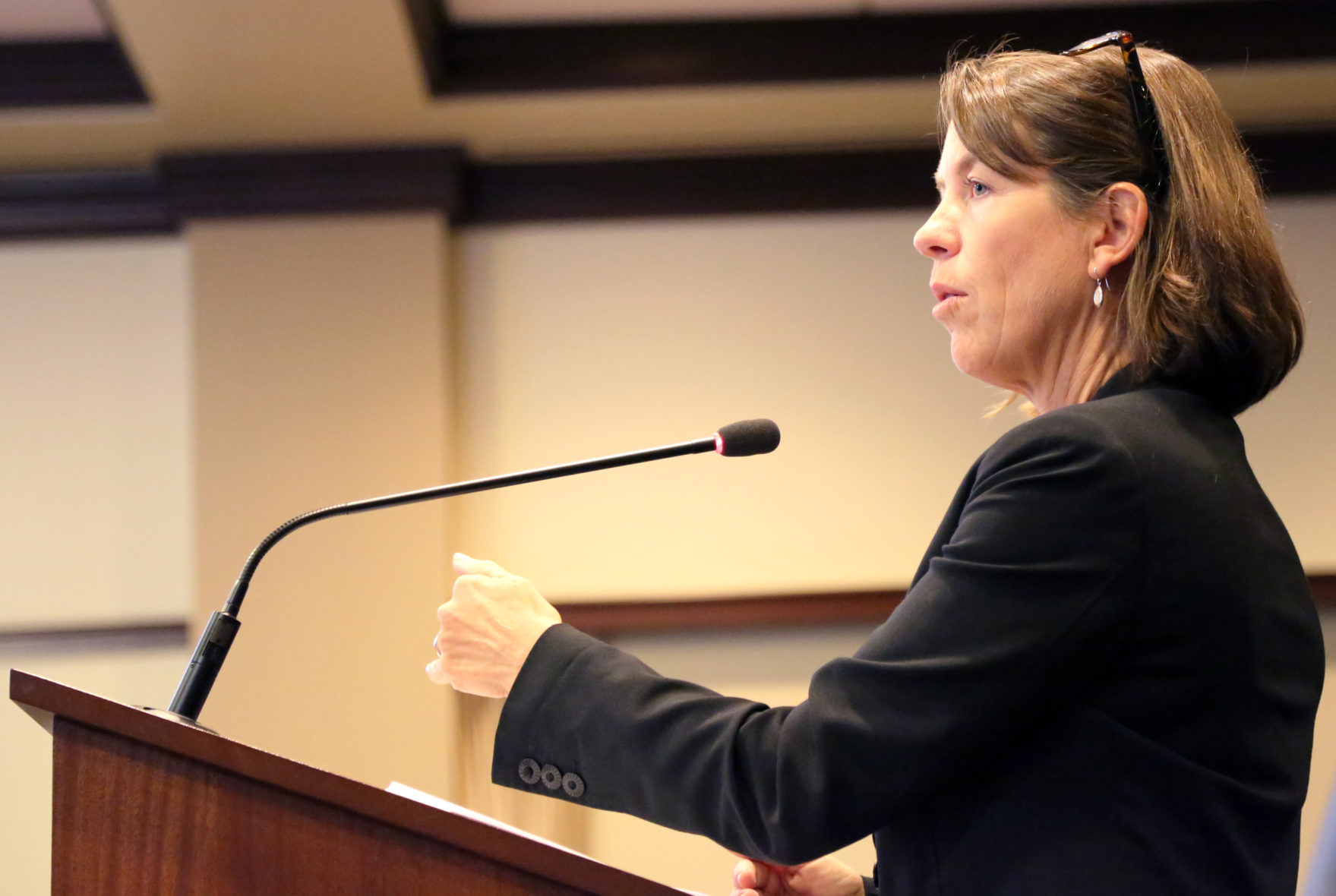It took more than a year, but the work of the Legislature’s school funding formula committee began to take shape Friday.
Lawmakers agreed to pursuing an enrollment-based funding model — a nuanced but significant shift from the long-standing status quo.
The premise is that an enrollment-based model is more student-based. In other words, the state’s K-12 dollars should more easily follow kids through the K-12 system.
So what does all this mean? And what did lawmakers discuss Friday? Here’s a primer.
What are we doing now, and why? Idaho’s school funding metric is “average daily attendance.” School districts and charter schools tally up the average number of kids in their classrooms. The state then transfers that number into classroom “support units” and divvies up tax dollars by unit.
Idaho has used an ADA metric for years, hoping it will give schools incentive to keep a close eye on day-to-day student attendance. The “support unit” model also provides rural schools with more money per student — since small districts still need to hire teachers and maintain classrooms for smaller numbers of students.
And enrollment-based funding? The math is simple enough. Now, districts and charters would tally up the number of kids they have enrolled. Then, the state would send out money per student.
What’s the advantage of enrollment-based funding? There are several, committee members say.
An enrollment-based model syncs up better with “mastery-based” learning — a move that allows students to move through the school system based on subject knowledge, not classroom seat time. Under an enrollment-based model, schools won’t be penalized if students take offsite career-technical courses. And schools can get partial funding for a student who spends a period or two on campus — such as, for example, a home-schooler who comes to high school for orchestra or choir.
So, it’s that simple? Maybe, maybe not.
States can always use line items to earmark money — and Idaho has line items that cover everything from classroom technology to hiring IT staff.
But the more money the state puts into line items, the less money it has to put into the per-student funding base. And members of the funding formula committee are hoping to streamline the budget, reducing line items and giving schools additional local control.
Have other states made a similar move? A few years ago, California ditched a restrictive K-12 budget that was replete with line items. Now the nation’s largest state distributes K-12 dollars per student.
Dollars vary by grade level: Schools get $6,947 per student in fourth through sixth grade, for example, and $8,505 per high school student. Schools get additional funding for students in poverty, foster children and students with limited English skills.

And how has it worked? Skeptics feared school leaders would take their new spending autonomy and go rouge. That didn’t happen, said Marguerite Roza, a Georgetown University professor who addressed the committee Friday. Schools chose to spend their money more or less the same way they had before; there was simply more local control and buy-in.
And while it’s early, student performance seems to trending upward. “The outcomes are positive, especially for the most vulnerable students,” Roza said. “We’re seeing things steadily march forward.”
Hasn’t Idaho been here already? Sort of.
In 2013, Gov. Butch Otter’s education task force recommended a shift to enrollment-based funding. But the idea really hasn’t moved past the talking stage.
Does Idaho go from talking to a statewide plunge? Maybe, maybe not.
House Speaker Scott Bedke, R-Oakley, suggested picking a cross-section of school districts for a pilot.
Other states have tried pilots, Roza said, but schools haven’t taken them seriously. She said this track record leaves her cynical about a dry run.
Bedke’s retort: “I’m pretty cynical about everybody locking arms and jumping.”
What’s the committee’s plan? On Friday, the 10-member committee seemed to agree about presenting bills to the 2018 Legislature.
“I feel like we’ve been working on this for two years,” said Rep. John McCrostie, D-Garden City. “I think it behooves us to do something in this next legislative session.”
But don’t necessarily expect a big fix that overhauls the formula in one shot. Committee members seemed mindful that they are trying to replace a formula that has been used since 1994.
“We didn’t get where we are overnight, and we’re not going to get somewhere else overnight,” said Sen. Cliff Bayer, R-Meridian.
The committee will meet at least two more times before the start of the 2018 legislative session, on Oct. 16 and Nov. 13.
